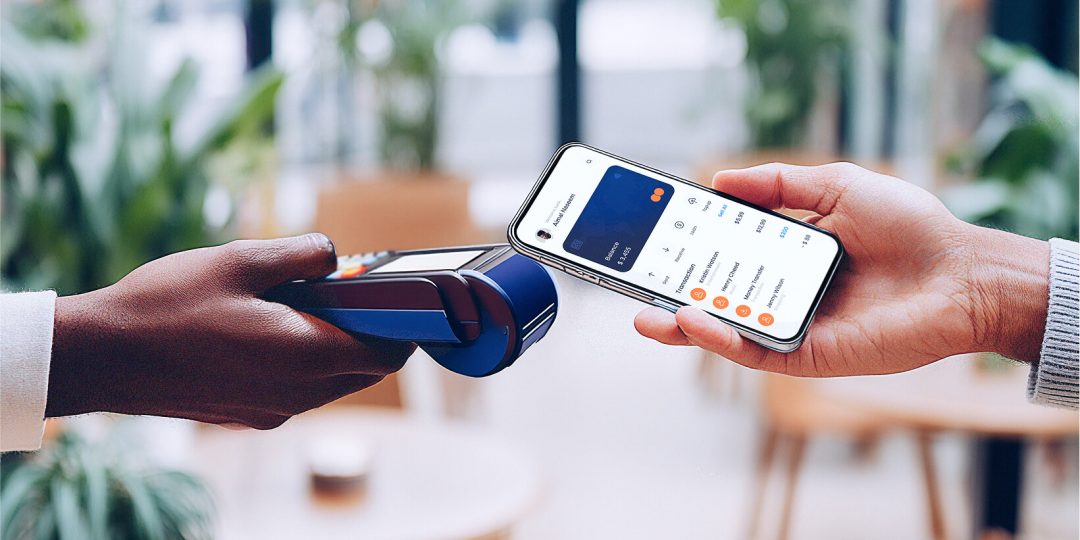Smart POS Terminals: Bridging the Gap Between Cash and Digital Payments in Africa

The New Frontier of Payments in Africa
Africa is undergoing a remarkable transformation in payments. Over the past decade, mobile money has captured headlines, e-commerce has surged, and fintech startups have grown into billion-dollar enterprises. Yet despite this momentum, cash still dominates most day-to-day transactions. According to World Bank data, more than 80% of retail payments in sub-Saharan Africa are cash-based.
This dual reality – rapid fintech innovation alongside entrenched cash usage – has created a payments gap. Bridging this gap requires infrastructure that meets people where they are, while nudging them toward digital adoption. Enter the Smart POS terminal, a next-generation tool reshaping how merchants and customers interact with money.
Why Cash Still Matters
Cash persists in Africa not simply out of habit but due to structural factors:
- Informality: Over 80% of African workers operate in the informal sector, where cash is the primary medium.
- Infrastructure gaps: Not all areas have reliable internet or electricity, making cash more dependable.
- Trust barriers: Many consumers remain wary of digital services due to fraud risks or lack of familiarity.
- Cost concerns: For micro-merchants, digital transactions can feel expensive compared to the perceived “free” nature of cash.
This creates friction. Consumers want the convenience of digital payments, but merchants – who rely on volume and slim margins – need solutions that don’t disrupt their cash-heavy operations.
The Rise of Smart POS Terminals
Traditional POS machines have existed in African markets for years, but they often supported only card payments and required stable connectivity. Smart POS terminals are different:
- Multi-payment acceptance: Cards, mobile money, QR codes, NFC, and in some cases even cash tracking.
- Cloud connectivity: Real-time transaction data, inventory sync, and reporting.
- Affordable form factors: Portable, battery-powered devices suitable for markets with patchy infrastructure.
- Value-added services: Beyond payments, Smart POS can enable micro-loans, airtime sales, bill payments, and loyalty programs.
This versatility makes Smart POS a bridge technology – allowing merchants to serve cash-dependent customers while gradually adopting digital channels.
Bridging the Gap: How Smart POS Works in Practice
Smart POS terminals are not simply about swiping cards; they are about creating a hybrid payments ecosystem. Here’s how they bridge the gap:
- Accepting any form of money: Whether a customer wants to pay in cash, by mobile money wallet, or via card, the same device accommodates them.
- Digitizing cash at source: Merchants can deposit daily cash takings directly through POS-enabled agents, reducing risk and improving financial flows.
- Creating transaction histories: Digital records allow merchants – even informal ones – to build credit profiles for future financing.
- Empowering micro-merchants: Street vendors or small shops gain the ability to process digital transactions without complex infrastructure.
In effect, Smart POS turns the corner shop into a gateway between cash economies and digital financial rails.
Drivers of Adoption in Africa
Several factors are fueling the momentum for Smart POS deployment across the continent:
- Telecom penetration: With mobile networks covering most of Africa, POS terminals can use 3G/4G connectivity rather than relying on fixed lines.
- Fintech innovation: Startups and aggregators are bundling value-added services into POS devices, making them revenue generators rather than cost centers.
- Regulatory support: Central banks in markets like Nigeria and Kenya are encouraging interoperability and agent banking, expanding the role of POS agents.
- Merchant demand: Small businesses increasingly recognize that digital acceptance improves trust, reduces theft risk, and opens them to new customers.
Challenges to Scale
Despite the promise, several obstacles remain:
- Affordability: Devices and transaction fees can still be prohibitive for the smallest merchants.
- Connectivity gaps: Rural areas with unreliable networks may see limited benefit.
- Interoperability issues: Not all POS systems accept all wallets or cards, creating fragmentation.
- Merchant education: Many business owners lack awareness of the benefits or fear digital complexity.
Overcoming these hurdles will determine whether Smart POS becomes ubiquitous or remains a phenomenon limited to urban, mid-tier merchants.
Case Studies Across African Markets
- Nigeria: With more than 1.5 million POS terminals deployed, POS transactions now exceed ATM usage. Fintechs like OPay and Moniepoint are turning POS agents into neighborhood banks, offering bill payments, deposits, and withdrawals.
- Kenya: While M-Pesa dominates mobile money, Smart POS is growing among SMEs who want to combine mobile money acceptance with card transactions and value-added services.
- South Africa: Established retailers use POS extensively, but newer Smart POS devices are targeting township merchants and spaza shops, integrating QR and instant EFT payments.
- Francophone West Africa: Mobile money growth is now being complemented by Smart POS, particularly in Côte d’Ivoire and Senegal, where interoperability rules are improving.
These diverse experiences show that Smart POS adapts to local payment cultures, rather than imposing a single model.
Unipesa and the Smart POS Opportunity
Fintech platforms like Unipesa exemplify how Smart POS can become more than just payment hardware. By embedding POS into their broader service ecosystem, Unipesa can:
- Expand merchant networks by offering affordable, multi-functional terminals to SMEs.
- Digitize cash flows for clients, creating data trails that support credit and lending products.
- Strengthen cross-border transactions, enabling merchants to accept payments seamlessly across African markets.
- Provide value-added services such as airtime sales, remittances, and utility bill payments directly from POS terminals.
For Unipesa, Smart POS is not simply a device – it is a strategic channel for financial inclusion and revenue growth.
The Future Outlook: From Payments to Platforms
The next wave of Smart POS adoption in Africa will likely go beyond payments. We can expect:
- AI-driven insights: POS terminals providing merchants with recommendations on inventory, sales optimization, and customer trends.
- Embedded finance: Instant credit offers to merchants based on real-time sales data.
- Sector-specific solutions: POS customized for transport operators, farmers, or healthcare providers.
- Integration with e-commerce: Linking offline POS sales with online platforms, creating omnichannel retail for African SMEs.
Ultimately, Smart POS terminals will evolve into merchant super-apps, converging payments, business tools, and financial services into a single device.
Conclusion
Africa’s payments story is not a simple shift from cash to digital; it is a complex transition requiring bridges. Smart POS terminals are proving to be one of the most effective bridges – meeting merchants in cash-heavy environments while quietly building the rails for a digital future.
For fintech innovators like Unipesa, Smart POS networks represent a strategic lever: expanding market reach, creating new data-driven services, and accelerating financial inclusion.As adoption deepens, Smart POS terminals may well become the backbone of Africa’s everyday economy – devices that don’t just process payments but transform the way money flows across the continent.




